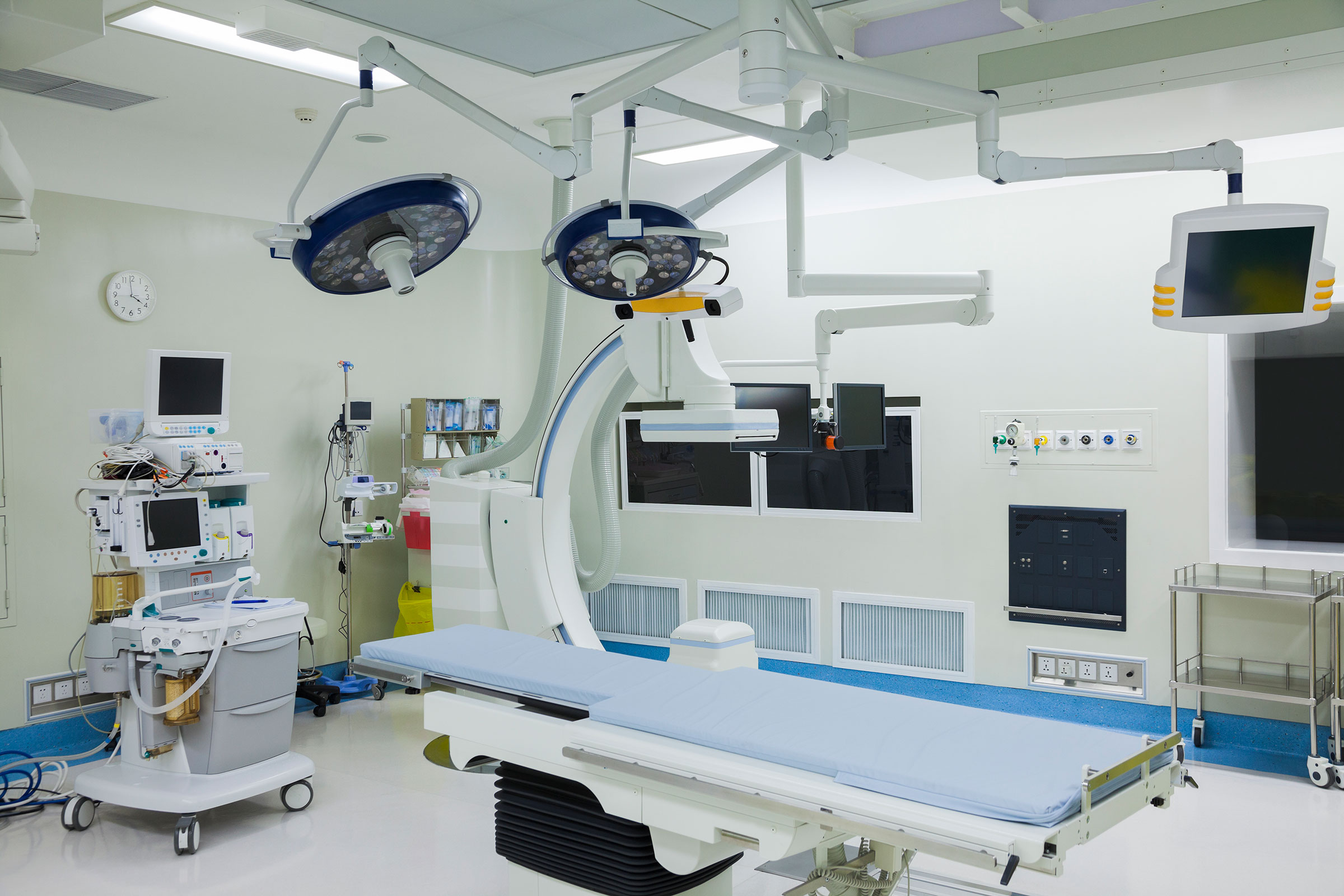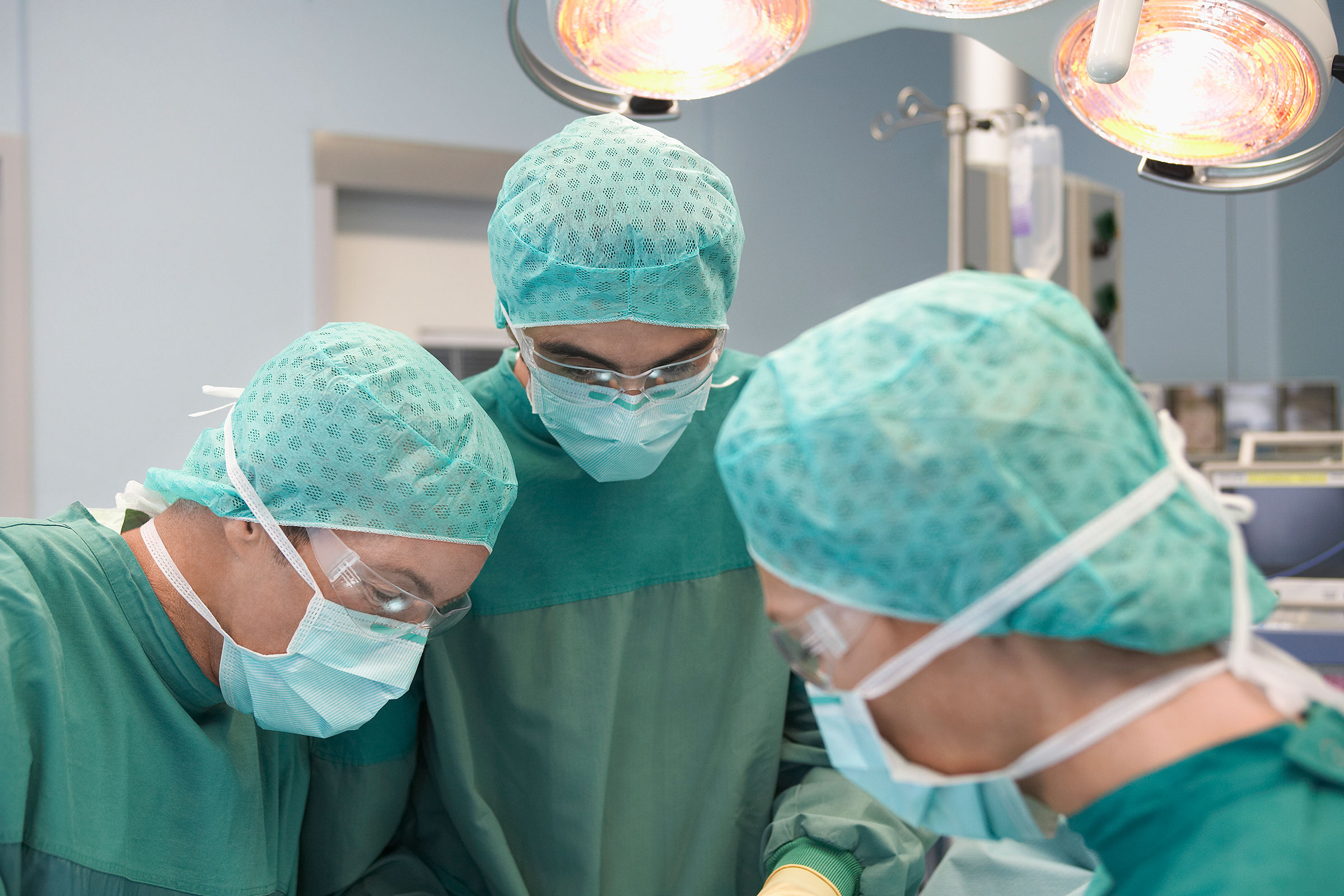
21 Nov What is Healthcare Environmental Monitoring?
When we think of environmental monitoring, temperature, humidity, and air exchanges in the operating room (OR) and sterile processing department (SPD) usually come to mind. However, there are numerous other areas in both acute and ambulatory care settings that must be monitored.
Environmental Monitoring Basics
Accrediting and regulatory agencies base their decisions on the current Facility Guidelines Institute (FGI) or the edition that applies to the age of the Heating, Ventilation, and Air Conditioning (HVAC) system. In other words, although FGI last published guidelines in 2018, your facility may be using an earlier edition. That decision is based on when the HVAC system was originally installed, subsequently modified or updated. For example, if the HVAC system was initially installed in 2012, but was modified in 2016, the FGI guidelines that would apply are those published closest to the date of the last modification. In this case, it would be the 2014 guidelines.
The guidelines are published by the Facility Guidelines Institute (FGI) and the American Society for Healthcare Engineering (ASHE) and developed by representatives from the American Institute of Architects (AIA), and other subject matter experts. Many states adopt the FGI guidelines as written; some states modify the guidelines or only use parts of the guidelines in their regulations while others don’t incorporate the FGI guidelines in state regulations.
Follow the link to find out what edition of the FGI guidelines adopted by your state, if any, and how those regulations may affect your facility: https://www.fgiguidelines.org/guidelines/state-adoption-fgi-guidelines/
What Areas Are Monitored?
We will look at the OR, procedure rooms, the Obstetrics OR (Cesarean section room) and SPD first, since these requirements are probably familiar to most healthcare personnel. The ORs must be positive pressure since the goal is to supply the cleanest air to the OR.
Therefore, if performing a tissue test standing in the hallway, the tissue should be pushed toward the hallway. Sterile processing is a bit of a mixed bag with decontamination and the sterilizer access room requiring negative pressure and the prep/pack and sterile storage areas requiring positive pressure. To perform a tissue test in decontamination, you would expect to see the tissue getting pulled in from the hallway. Please note that in both of the above examples, the tissue test is performed from the hallway. This is purposeful since the guidelines (and regulations) state that the pressure differential must be at least -0.01 (negative pressure) or +0.01 (positive pressure) to the adjacent areas such as the hall.
In addition to being concerned about pressure relationships in procedure rooms and sterile processing, the endoscope processing area must be under negative pressure. However, as in small sterile processing departments, if the endoscope processing area is a single room, the air should flow from clean to dirty to prevent contaminating instruments or endoscopes.
Sterile storage, clean storage or workrooms, and Hematopoietic Stem Cell Transplantation (HSCT) units area additional areas that require positive pressure. Areas that require negative pressure include bronchoscopy rooms, toilet rooms, dirty utility rooms, and of course, construction or renovation projects.
Temperature and Humidity Levels
The question of temperature and humidity appears frequently. Remember that the temperature range and humidity required for your facility depends on the age of the HVAC system. Generally speaking, for most areas, the humidity range is either 35%-60% or 20%-60%. The Centers for Medicare and Medicaid Services (CSM) stipulates that hospital anesthetizing locations must meet a humidity level of >35%. However, hospitals can complete a waiver to maintain a humidity level of >20%. The caveat is that sterile supplies requiring a humidity of >20% are maintained appropriately. This caveat may apply to in-house packaged sterile instruments since some peel pouch, and wrapper manufacturers stipulate post-sterilization storage conditions.
There are other concerns in addition to temperature, humidity, and air pressures when discussing environmental monitoring. Refrigerators and freezers must be monitored to ensure temperatures are maintained based on the contents such as vaccines, patient food in clinics and inpatient units, and staff or patient food in the facility kitchen. Vaccine refrigerators must be checked twice daily, and while daily monitoring will suffice for most food refrigerators. However, check your local or state requirements to ensure requirements are met.
Blanket and fluid warmers must also be monitored with the acceptable temperature dependent on the fluid manufacturer’s recommended range. For example, one intravenous (IV) fluid manufacturer states that based on their biological and chemical stability testing, their normal saline solution (0.9% sodium chloride) can be maintained at 400C (1040F) for up to 180 days. Please note that not warming recommendations may differ based on manufacturers but also based on the type of fluid being stored. Likewise, irrigation fluids acceptable temperature ranges and length of time recommended for heated fluid will differ based on the manufacturer.
Whether monitoring refrigerator and freezer temperatures or fluid warmers, be sure temperatures can be accounted for when the facility or department is closed.
Some facilities accomplish by using a data logger so temperatures can be check done the first working day.
Facilities choosing to use a centralized monitoring system for temperature and humidity, or refrigerator temperatures must ensure that the system alerts the appropriate people if parameters fall out of range and actions to correct the problem are documented.
Surveyors will scan monitoring documentation, whether it is performed manually or through a centralized system, and look for out of range parameters and expect to see actions taken to mitigate the problem.

